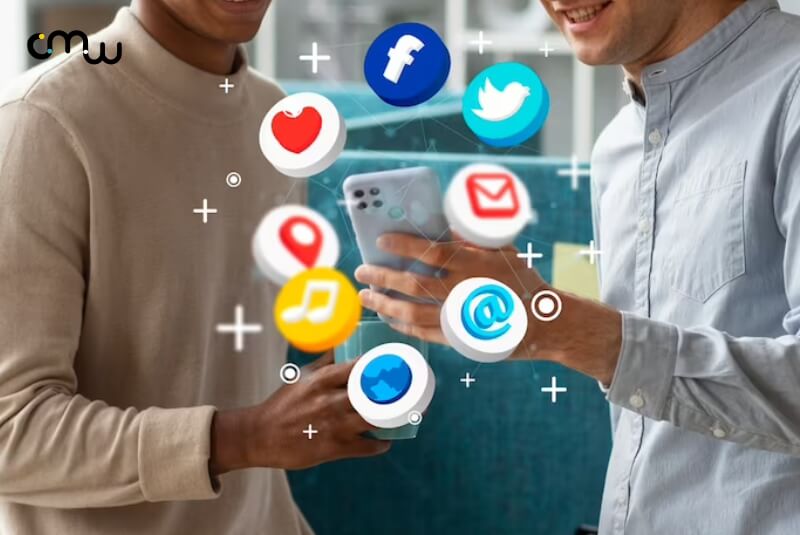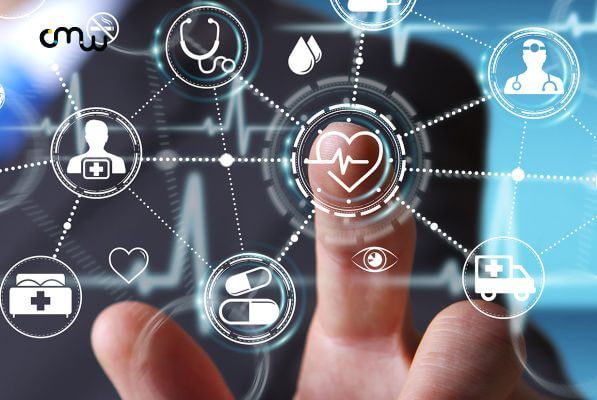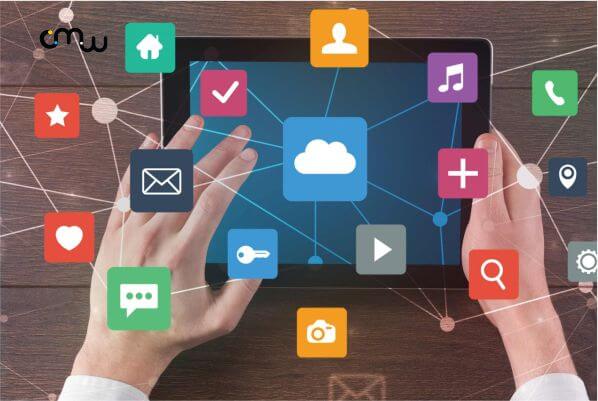As the healthcare industry continues to evolve, healthcare providers are seeking innovative solutions to improve patient engagement and outcomes. One such solution is gamification – the application of game mechanics and design to non-game contexts, such as healthcare. Gamification has the potential to transform the way healthcare is delivered by promoting behavior change, increasing patient engagement, and improving health outcomes.
What is Gamification in Healthcare?
Gamification is the use of game elements and mechanics, such as points, badges, leaderboards, and challenges, to motivate and engage people in non-game activities. In healthcare, gamification is used to encourage patients to adopt healthy behaviors and lifestyle changes, comply with treatment plans, and manage chronic conditions. The goal of gamification is to make healthcare more engaging, enjoyable, and accessible, while promoting behavior change and improving health outcomes.
How Gamification Improves Patient Engagement and Outcomes
Gamification can improve patient engagement and outcomes in several ways. First, gamification makes healthcare more fun and engaging, which can increase patient motivation and adherence to treatment plans. By providing patients with a sense of achievement and progress, gamification can encourage patients to adopt healthy behaviors and lifestyle changes, such as exercising regularly, eating a balanced diet, and managing stress.
Second, gamification can improve patient education and awareness of their health conditions. By providing patients with interactive and educational games, healthcare providers can help patients understand their health conditions and the importance of adherence to treatment plans. Patients can learn about their health conditions and treatment options in a fun and engaging way, which can improve their knowledge and understanding of their health.
Third, gamification can help patients manage their chronic conditions. Patients with chronic conditions such as diabetes, hypertension, or asthma can use gamification to track their symptoms, monitor their progress, and receive feedback on their health status. By providing patients with real-time feedback and rewards, gamification can motivate patients to adhere to their treatment plans, manage their symptoms, and improve their health outcomes.
Examples of Gamification in Healthcare
Gamification has been successfully applied in several healthcare contexts, including patient education, behavior change, and chronic disease management. Here are some examples of gamification in healthcare:
HealthifyMe: HealthifyMe is a mobile application that uses gamification to encourage healthy behaviors and lifestyle changes. The app tracks users’ food intake, exercise, and water consumption, and rewards them with points and badges for achieving their goals. Users can also participate in challenges and compete with their friends to stay motivated and engaged.
Mango Health: Mango Health is a medication management app that uses gamification to promote medication adherence. The app reminds users to take their medication, tracks their progress, and rewards them with points for adhering to their treatment plans. Users can also compete with their friends and earn rewards for their achievements.
Ayogo: Ayogo is a healthcare consultancy that uses gamification to improve patient engagement and outcomes. Ayogo’s gamification platform, Empower, uses game mechanics and design to motivate patients to adopt healthy behaviors, manage chronic conditions, and adhere to treatment plans. Empower has been used to improve outcomes in several healthcare contexts, including mental health, diabetes, and oncology.

Limitations of Gamification
While gamification can be a powerful tool for improving patient engagement and outcomes, there are also some limitations and challenges associated with its use in healthcare. Here are some limitations of gamification in healthcare:
Limited effectiveness for certain health conditions: While gamification can be effective for promoting healthy behaviors and lifestyle changes, it may not be as effective for managing certain health conditions, such as serious chronic illnesses or mental health disorders. For these conditions, more intensive interventions may be required to achieve optimal outcomes.
Lack of evidence-based research: While there is some evidence to suggest that gamification can be effective for improving patient engagement and outcomes, more research is needed to establish its effectiveness and to identify the most effective approaches to gamification in healthcare.
Potential for gaming the system: There is a risk that patients may "game the system" by engaging in superficial behaviors to earn rewards without actually making meaningful changes to their health behaviors. This can limit the effectiveness of gamification in promoting long-term behavior change and improving health outcomes.
Limited reach: Gamification may not be accessible or appealing to all patients, particularly those who are older or have limited access to technology. Healthcare providers and marketing consultancies must consider the demographic and technological barriers to gamification and ensure that alternative approaches are available to reach all patients.
Ethics and privacy concerns: Gamification in healthcare raises ethical and privacy concerns, particularly around the collection and use of patient data. Healthcare providers and marketing consultancies must ensure that patient privacy is protected and that patients are fully informed about how their data is being collected and used.
Comprehensive Overview of the Role of Gamification in Healthcare
Types of gamification in healthcare: Gamification can take many forms in healthcare, including points systems, badges, leaderboards, and virtual rewards. Additionally, more complex games and simulations are being developed to help patients learn and practice health behaviors. For example, a game called Re-Mission 2 was developed to help young cancer patients learn about their disease and treatment options. The game involves controlling a robot to fight cancer cells, which helps to make the experience more engaging and less intimidating for young patients.
Examples of successful gamification in healthcare:It can be helpful to provide real-world examples of gamification in healthcare to demonstrate how it can be effective in promoting healthy behaviors and improving patient outcomes. For instance, a popular health app called MyFitnessPal uses gamification to encourage users to log their food and exercise. Users can earn points and badges for completing daily goals and challenges, which helps to motivate them to continue engaging in healthy behaviors. Other examples of gamification in healthcare include apps for smoking cessation, mental health, and chronic disease management.
Importance of user-centered design: User-centered design is critical for the success of gamification in healthcare, as it ensures that the gamification strategy is tailored to the needs and preferences of patients. Healthcare marketing consultancies must conduct user research to understand patient motivations and preferences, and then design gamification strategies that are aligned with those needs. For instance, if patients are more motivated by social support than rewards, a gamification strategy that focuses on social support may be more effective than one that relies solely on rewards.
The role of incentives and rewards: Incentives and rewards are a key aspect of gamification, as they provide patients with a sense of accomplishment and motivation to continue engaging in healthy behaviors. However, it's important to choose the right types of incentives and rewards to ensure that they are aligned with patient goals. For instance, monetary incentives may be effective for short-term behavior change, but they may not be sustainable in the long run. Other types of rewards, such as social recognition and feedback, may be more effective in promoting long-term behavior change.
Future directions of gamification in healthcare: The field of gamification in healthcare is constantly evolving, and there are many exciting developments on the horizon. For instance, emerging technologies such as virtual reality and augmented reality are being explored for their potential to enhance gamification in healthcare. These technologies could be used to create more immersive and engaging experiences for patients, which could help to improve patient engagement and outcomes.
Additionally, there is growing interest in using gamification for patient education and empowerment, such as through the use of educational games and decision support tools. By educating patients and empowering them to take an active role in their own health, gamification has the potential to transform the way healthcare is delivered.

Limitations of Gamification
While gamification can be a powerful tool for improving patient engagement and outcomes, there are also some limitations and challenges associated with its use in healthcare. Here are some limitations of gamification in healthcare:
Limited effectiveness for certain health conditions: While gamification can be effective for promoting healthy behaviors and lifestyle changes, it may not be as effective for managing certain health conditions, such as serious chronic illnesses or mental health disorders. For these conditions, more intensive interventions may be required to achieve optimal outcomes.
Lack of evidence-based research: While there is some evidence to suggest that gamification can be effective for improving patient engagement and outcomes, more research is needed to establish its effectiveness and to identify the most effective approaches to gamification in healthcare.
Potential for gaming the system: There is a risk that patients may "game the system" by engaging in superficial behaviors to earn rewards without actually making meaningful changes to their health behaviors. This can limit the effectiveness of gamification in promoting long-term behavior change and improving health outcomes.
Limited reach: Gamification may not be accessible or appealing to all patients, particularly those who are older or have limited access to technology. Healthcare providers and marketing consultancies must consider the demographic and technological barriers to gamification and ensure that alternative approaches are available to reach all patients.
Ethics and privacy concerns: Gamification in healthcare raises ethical and privacy concerns, particularly around the collection and use of patient data. Healthcare providers and marketing consultancies must ensure that patient privacy is protected and that patients are fully informed about how their data is being collected and used.
Comprehensive Overview of the Role of Gamification in Healthcare
Types of gamification in healthcare: Gamification can take many forms in healthcare, including points systems, badges, leaderboards, and virtual rewards. Additionally, more complex games and simulations are being developed to help patients learn and practice health behaviors. For example, a game called Re-Mission 2 was developed to help young cancer patients learn about their disease and treatment options. The game involves controlling a robot to fight cancer cells, which helps to make the experience more engaging and less intimidating for young patients.
Examples of successful gamification in healthcare:It can be helpful to provide real-world examples of gamification in healthcare to demonstrate how it can be effective in promoting healthy behaviors and improving patient outcomes. For instance, a popular health app called MyFitnessPal uses gamification to encourage users to log their food and exercise. Users can earn points and badges for completing daily goals and challenges, which helps to motivate them to continue engaging in healthy behaviors. Other examples of gamification in healthcare include apps for smoking cessation, mental health, and chronic disease management.
Importance of user-centered design: User-centered design is critical for the success of gamification in healthcare, as it ensures that the gamification strategy is tailored to the needs and preferences of patients. Healthcare marketing consultancies must conduct user research to understand patient motivations and preferences, and then design gamification strategies that are aligned with those needs. For instance, if patients are more motivated by social support than rewards, a gamification strategy that focuses on social support may be more effective than one that relies solely on rewards.
The role of incentives and rewards: Incentives and rewards are a key aspect of gamification, as they provide patients with a sense of accomplishment and motivation to continue engaging in healthy behaviors. However, it's important to choose the right types of incentives and rewards to ensure that they are aligned with patient goals. For instance, monetary incentives may be effective for short-term behavior change, but they may not be sustainable in the long run. Other types of rewards, such as social recognition and feedback, may be more effective in promoting long-term behavior change.
Future directions of gamification in healthcare: The field of gamification in healthcare is constantly evolving, and there are many exciting developments on the horizon. For instance, emerging technologies such as virtual reality and augmented reality are being explored for their potential to enhance gamification in healthcare. These technologies could be used to create more immersive and engaging experiences for patients, which could help to improve patient engagement and outcomes.
Additionally, there is growing interest in using gamification for patient education and empowerment, such as through the use of educational games and decision support tools. By educating patients and empowering them to take an active role in their own health, gamification has the potential to transform the way healthcare is delivered.
















